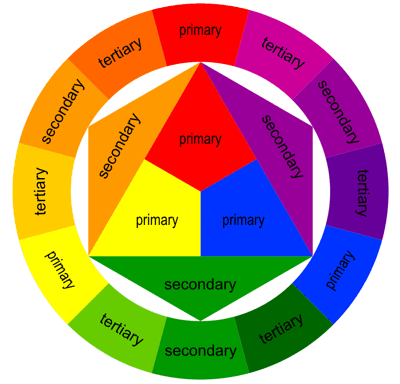Hey there, art adventurers! Have you ever marveled at the sheer diversity of materials artists use? From ancient marble sculptures to modern digital installations, the choice of material and form not only defines the artist’s work but also continually redefines what art itself means. Today, we’re going on a tactile journey through the physicality of art, exploring how the materials used and the forms taken shape our understanding and appreciation of art.
The Evolution of Materials in Art

Art materials have a history as rich and varied as the artworks they create. From the natural pigments used in prehistoric cave paintings to the synthetic substances in contemporary art, each material carries its own texture, weight, and significance.

Ancient Times: Consider the Egyptians using limestone and granite to create enduring monuments, or Renaissance artists mixing their own oil paints to achieve the perfect luminosity in their portraits. These choices were not just practical; they were also deeply symbolic, reflecting each culture’s resources, technologies, and values.
Modern Era: Fast forward to the 20th century, artists like Jackson Pollock introduced industrial paints and unconventional methods (hello, drip technique!) that broke the mold of traditional art materials and methods, urging viewers to reconsider what constitutes a painting.
The Form Follows Function… Or Does It?

While materials provide the medium, the form gives it expression. Art forms—be they sculptures, paintings, installations, or digital works—serve as the physical manifestation of the artist’s vision, challenging or adhering to traditional notions of what art should look like.
Sculpture: From the chiseled figures of Michelangelo to the abstract mobiles of Alexander Calder, sculpture has evolved dramatically, constantly pushing the boundaries of three-dimensional space and viewer interaction.
Installations and Beyond: Today, artists like Olafur Eliasson and Yayoi Kusama create immersive environments that transform our experience of space itself, using materials ranging from mirrors and light to entire rooms filled with polka dots or fog.
Challenging Traditional Notions

The dynamic duo of materiality and form doesn’t just sit pretty in galleries; it challenges and expands our very definitions of art:
Found Objects: Marcel Duchamp’s ‘Fountain’—a urinal turned artwork—shocked the art world by asserting that an everyday object, placed in a new context, could be art. This act questioned the necessity of traditional materials and handcrafted techniques in defining an artwork.
Digital and Bio Art: In the digital age, art forms continue to evolve with technology. Artists like Stelarc and Eduardo Kac explore cybernetics and genetic engineering, creating works that defy easy classification and prompt us to think deeply about the future of humanity and art.
What Does This Mean for Us?

Understanding the role of materiality and form in art enriches our appreciation and broadens our perspective. It reminds us that art is not just about seeing—it’s about experiencing. As we encounter different materials and forms, we’re invited to think about:
- Why did the artist choose this material or form?
- How does it affect my perception and interpretation of the work?
- What does this say about the culture and time period from which it emerged?
Conclusion: A World of Possibilities

The next time you encounter a piece of art, take a moment to consider its material and form. Whether it’s the rough texture of a bronze statue or the sleek surface of a digital screen, each element is a clue to understanding the artist’s intent and the cultural context of the work.
So, let’s keep touching, seeing, and exploring the world of art through its most tangible aspects. After all, the materials and forms are not just the foundation of art; they are part of its ongoing dialogue with the world. Ready to keep the conversation going?
















